Table of Contents
The UNESCO Sites in Cuba have resulted from the recognition of 9 cultural and natural landmarks as UNESCO World Heritage Sites in Cuba and 3 locations on the Cuba UNESCO tentative list. These tourist sites in Cuba are acknowledged for their unique and valuable cultural, natural, artistic, and historical significance and are preserved for future generations to enjoy.
In addition to these 9 sites in the Cuba UNESCO list, there are many other places to travel to Cuba that are being considered for UNESCO recognition. These sites, listed on the tentative list, showcase the rich cultural heritage of the country and are waiting for approval to join the prestigious and famous World Heritage Sites list.
To help visitors discover these remarkable Cuban tourist attractions, we have put together an interactive map of the UNESCO sites in Cuba.
Cuba UNESCO Map
Click markers to show information and photo.
World Heritage Sites in Cuba
UNESCO World Heritage Sites in Cuba
There are 9 UNESCO World Heritage Sites in Cuba. All of these three sites are listed under the Cultural category.
- Archaeological Landscape of the First Coffee Plantations in the South-East of Cuba
- Historic Centre of Camagüey
- Old Havana and its Fortification System
- San Pedro de la Roca Castle, Santiago de Cuba
- Trinidad and the Valley de los Ingenios
- Urban Historic Centre of Cienfuegos
- Viñales Valley
- Alejandro de Humboldt National Park
- Desembarco del Granma National Park
UNESCO World Heritage Sites in Cuba are protected locations for their cultural and natural importance.
Archaeological Landscape of the First Coffee Plantations in the South-East of Cuba
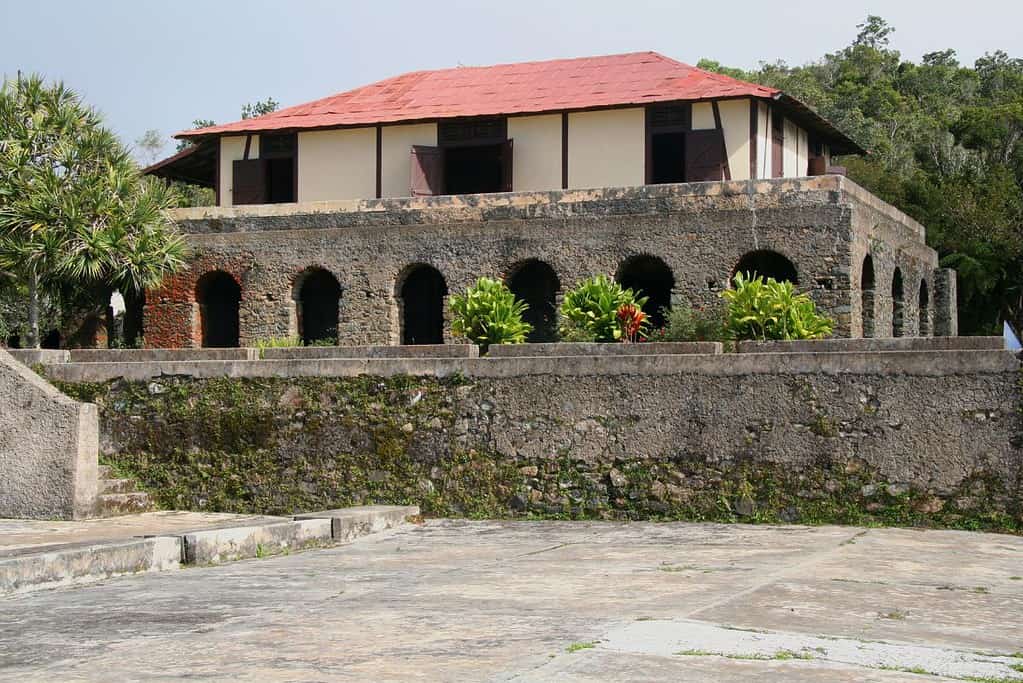
The Archaeological Landscape of the First Coffee Plantations in the South-East of Cuba is a captivating UNESCO World Heritage Site located in the southeastern region of Cuba. This extraordinary landscape showcases the country’s rich history of coffee cultivation, dating back to the 19th century. The site encompasses the remains of numerous coffee plantations, including the architectural structures, machinery, and infrastructure that played a vital role in the coffee industry during that era. Exploring this archaeological landscape offers a glimpse into the intricate process of coffee production and its significant cultural and economic impact on Cuba.
Historic Centre of Camagüey
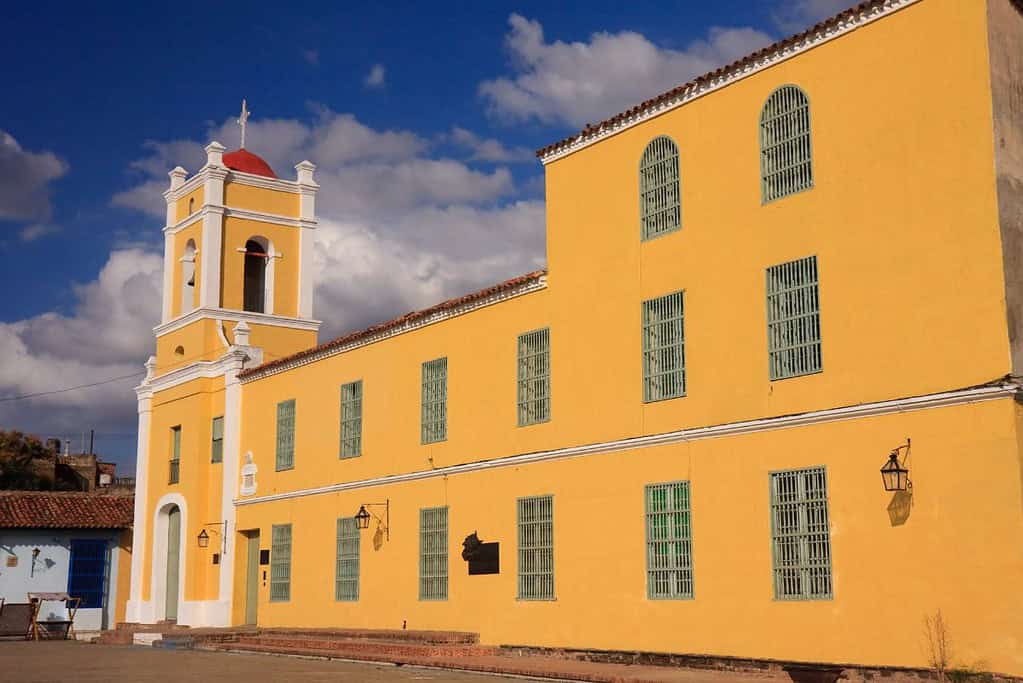
The Historic Centre of Camagüey is a UNESCO World Heritage Site in Cuba. This remarkable city is known for its well-preserved colonial architecture and unique urban layout. The historic center features winding streets, narrow alleyways, and charming squares adorned with beautiful churches and colorful buildings. The architectural style of Camagüey reflects a fusion of Spanish, Caribbean, and Moorish influences. Visitors can explore the city’s cultural heritage by visiting landmarks such as the Plaza del Carmen, the Cathedral of Our Lady of Candelaria, and Tinajón Square. The Historic Centre of Camagüey stands as a testament to Cuba’s rich history and cultural heritage.
Old Havana and its Fortification System
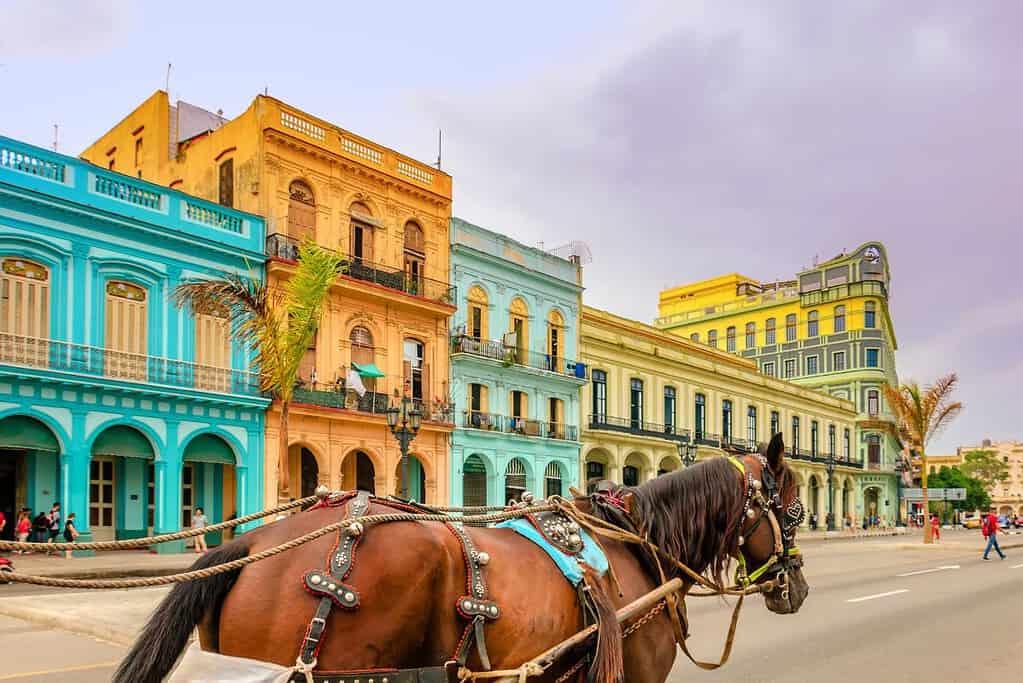
Old Havana and its Fortification System is a UNESCO World Heritage Site in Cuba. It represents a remarkable example of Spanish colonial architecture and urban planning. The historic center of Old Havana is renowned for its well-preserved buildings, plazas, and narrow streets, which showcase a fusion of architectural styles, including Baroque and neoclassical. The fortification system surrounding the city, including the imposing Castillo de la Real Fuerza and the Castillo de San Carlos de la Cabaña, reflects Cuba’s strategic importance during the colonial era. This UNESCO site stands as a testament to Havana’s rich cultural and historical heritage, offering visitors a captivating journey through time.
San Pedro de la Roca Castle, Santiago de Cuba
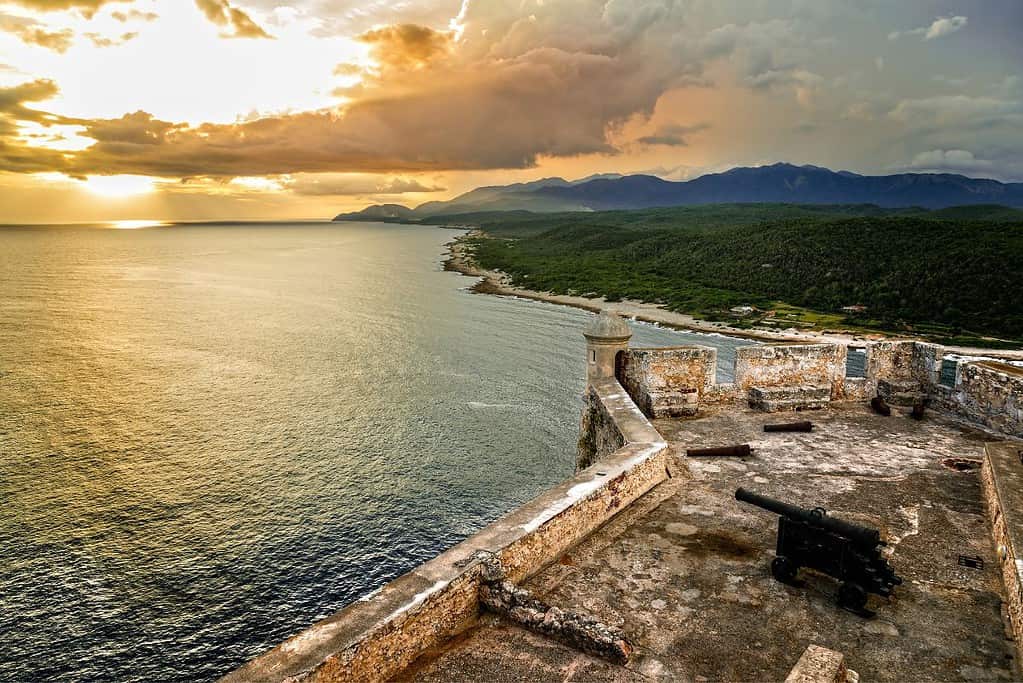
San Pedro de la Roca Castle, located in Santiago de Cuba, is a UNESCO World Heritage Site that showcases the city’s historical significance. Perched atop a strategic hill overlooking the Caribbean Sea, this fortress played a crucial role in defending the region against pirate attacks during the colonial era. With its impressive defensive architecture and commanding views, San Pedro de la Roca Castle is a testament to Santiago de Cuba’s rich history and resilience. Visitors can explore its well-preserved walls, intricate fortifications, and fascinating exhibits, immersing themselves in the stories of the past while enjoying breathtaking vistas of the surrounding landscape.
Trinidad and the Valley de los Ingenios
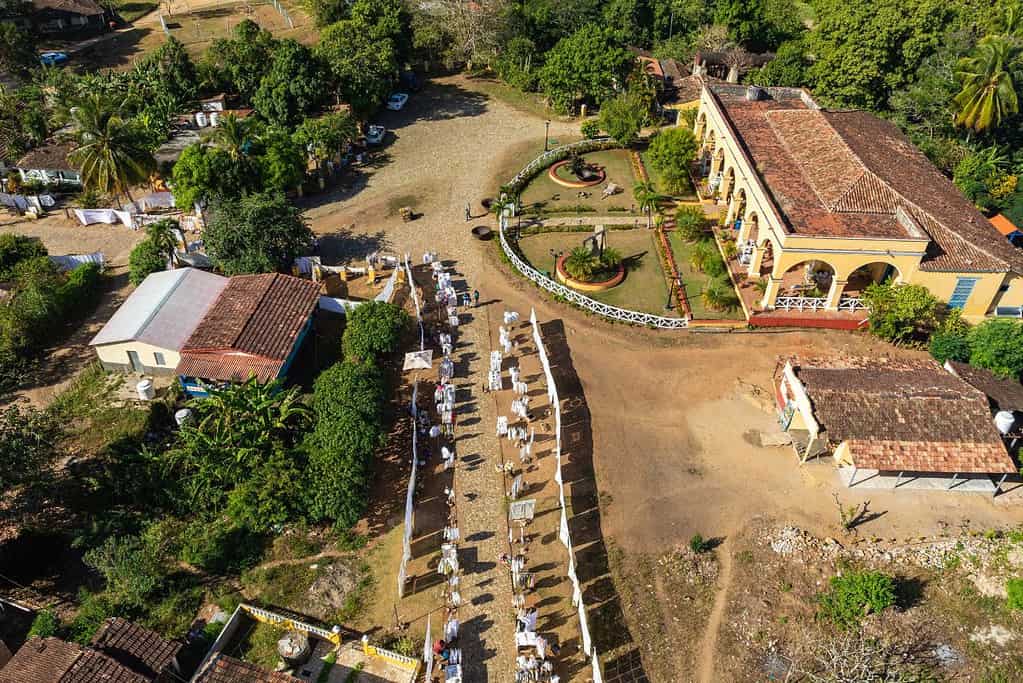
Trinidad and the Valley de los Ingenios are UNESCO World Heritage Sites in Cuba. Trinidad is a beautifully preserved colonial town showcasing the Spanish colonial era’s rich history and architectural charm. Its colorful streets are lined with pastel-hued houses, cobblestone squares, and historic buildings like the Church of the Holy Trinity. The Valley de los Ingenios, situated nearby, was once a thriving center for sugar production during the 18th and 19th centuries. It features the remnants of numerous sugar mills, plantation houses, and other structures that tell the story of the region’s sugar industry and its impact on Cuban society. Trinidad and the Valley de los Ingenios offer visitors a fascinating glimpse into Cuba’s vibrant past.
Urban Historic Centre of Cienfuegos
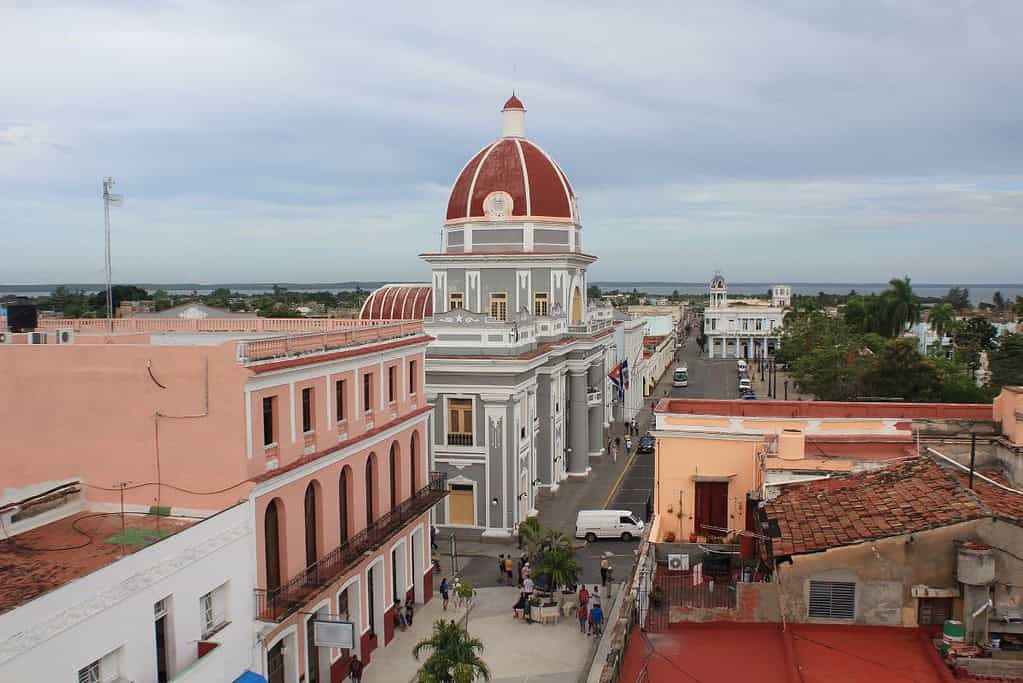
The Urban Historic Centre of Cienfuegos is a UNESCO World Heritage Site in Cuba. It is renowned for its well-preserved architectural ensemble, representing the late 19th-century urban planning ideals. The city showcases a harmonious blend of French neoclassical and Spanish colonial architectural styles. Its elegant boulevards, squares, and buildings, including the Tomás Terry Theater and the Palacio de Valle, testify to the city’s rich cultural heritage. The Urban Historic Centre of Cienfuegos is a remarkable example of a planned, modern city that has retained its historical charm and cultural significance.
Viñales Valley
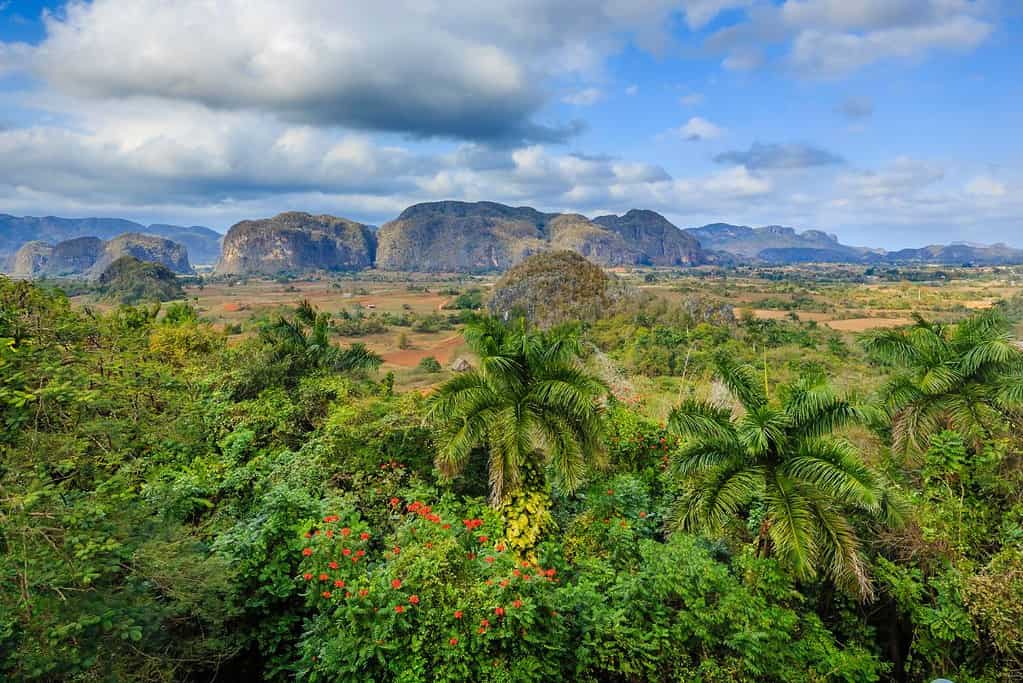
Viñales Valley is a UNESCO World Heritage Site located in the western part of Cuba. This picturesque valley is renowned for its stunning natural landscapes and unique cultural heritage. Surrounded by dramatic limestone karst formations called mogotes, the valley is characterized by its vibrant green tobacco fields, traditional rural villages, and traditional farming practices. Visitors to Viñales Valley can explore its lush tobacco plantations, take leisurely hikes or horseback rides through the scenic countryside, and immerse themselves in the rich local culture. The valley’s beauty and preservation of traditional agricultural techniques make it a truly captivating destination for nature lovers and cultural enthusiasts.
Alejandro de Humboldt National Park
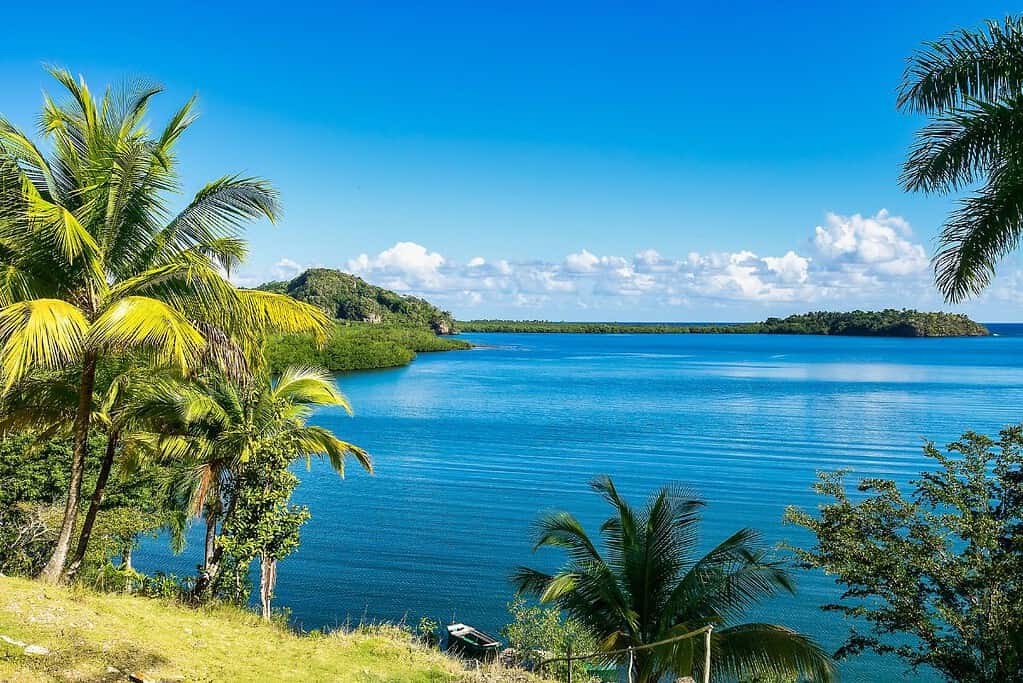
Alejandro de Humboldt National Park, located in Cuba, is a UNESCO World Heritage Site of exceptional natural beauty and biodiversity. Spanning over 700 square kilometers, the park is named after the famous German scientist Alexander von Humboldt and is renowned for its pristine rainforests, rugged mountains, and winding rivers. The park boasts a remarkable biodiversity, housing numerous endemic species and serving as a refuge for endangered plants and animals. Its untouched ecosystems showcase the interplay between mountain and marine environments, making it a haven for scientific research and ecological conservation. Alejandro de Humboldt National Park stands as a testament to the remarkable natural heritage of Cuba and the importance of preserving its unique ecosystems for future generations.
Desembarco del Granma National Park
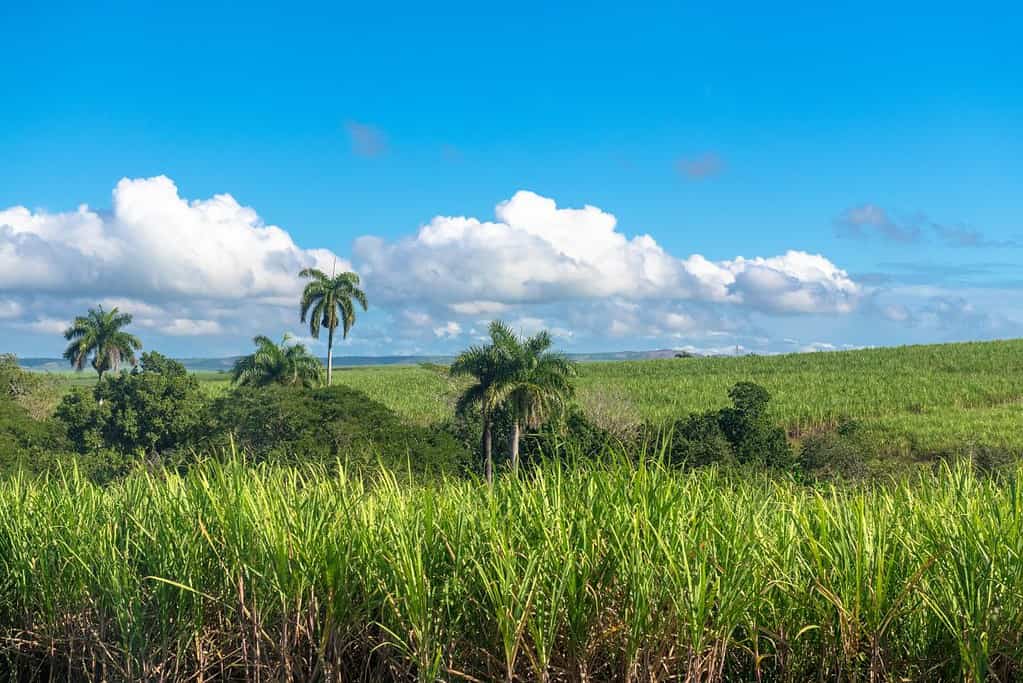
Desembarco del Granma National Park is a UNESCO World Heritage Site in Cuba. This stunning park is known for its exceptional coastal and marine landscapes, featuring dramatic cliffs, caves, and pristine beaches. The park takes its name from the yacht Granma, which carried Fidel Castro and his revolutionaries to Cuba in 1956, marking the beginning of the Cuban Revolution. Visitors can explore unique geological formations within the park, such as karst topography and fossil-rich cliffs, providing valuable insights into the Earth’s history. Desembarco del Granma National Park is a natural wonder and holds great historical significance, making it a must-visit destination for nature and history enthusiasts alike.
Cuba UNESCO tentative list
- National Schools of Art, Cubanacán
- Ciénaga de Zapata National Park
- Reef System in the Cuban Caribbean
Tours in Cuba
Our choices of tours in Cuba are divided into thematic features such as Havana, Trinidad, and Baracoa Experience.
